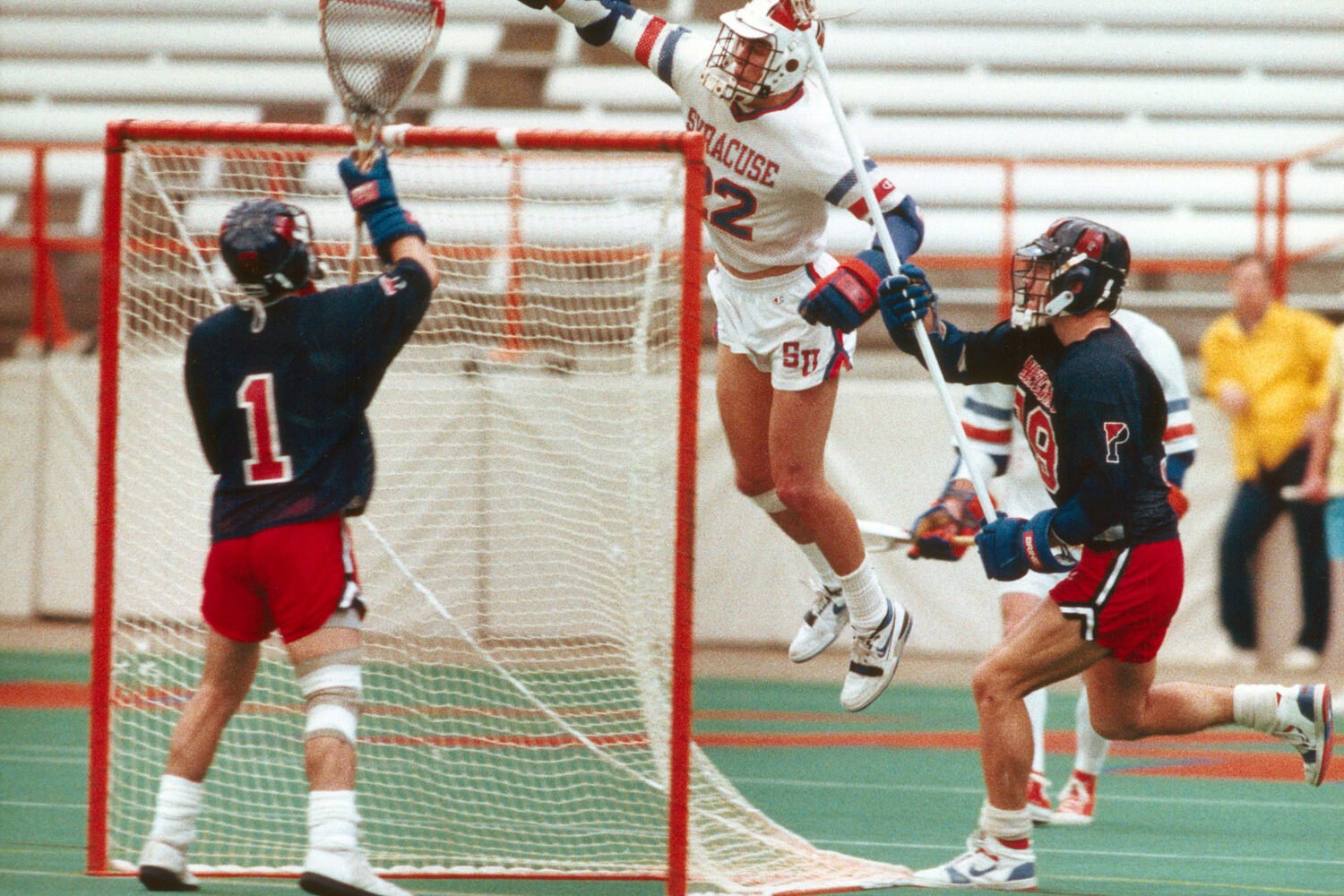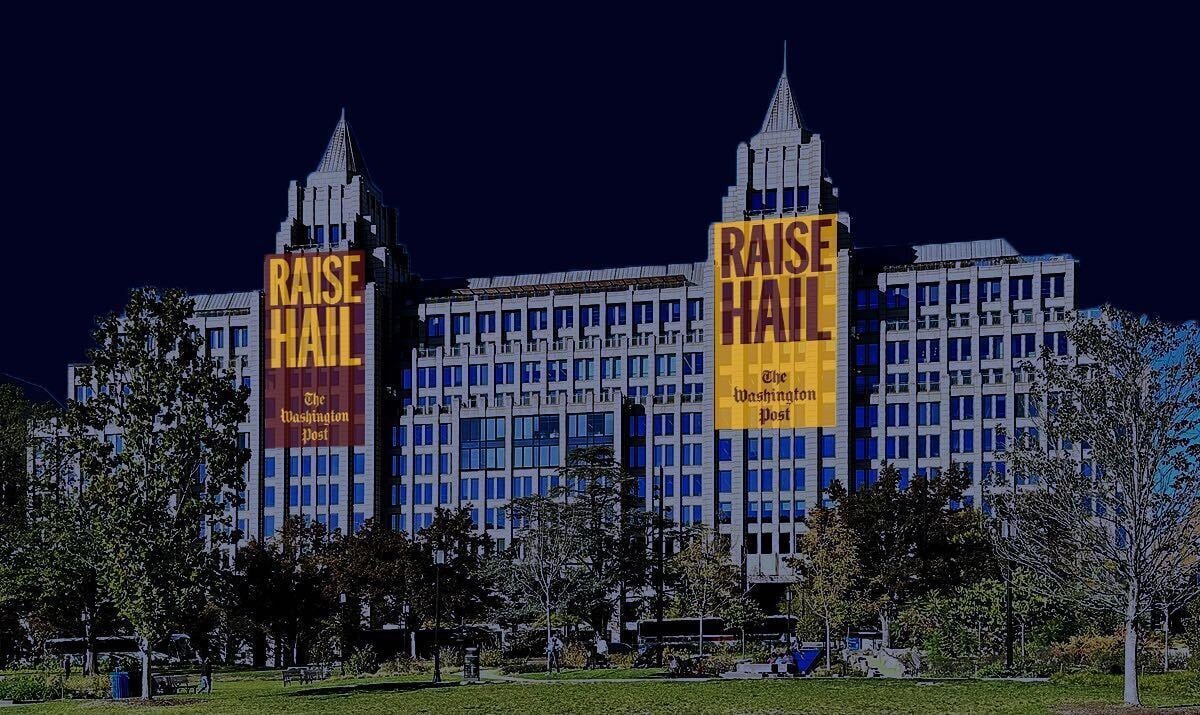The sun had barely broken Saturday when I headed for the Beltway, turned up I-95, and followed a horse trailer owned by veteran Maryland trainer Eddie Gaudet to Pimlico Race Track. As I turned left onto Rogers Avenue to find a parking lot, I looked at the clock on my dashboard. It was 8:34 am. Interesting. On Friday, in this space, I had listed my three Preakness picks as 8–3–4.
As a four-year Latin student once upon at time at Virginia Episcopal School, I put a lot of stock in omens. Latin students tend to. As I turned into the lot, my dreamy ruminations had a rude meeting with reality “That will be $70,” the attendant said.
My reaction was immediate. “I’m glad Magna Entertainment (which owns Pimlico now) isn’t trying to rip anybody off.”
While $70 for parking is probably reasonable, I made a U-turn and headed for another lot that I was told was cheaper. Driving to the backside of the track, I pulled into the cheaper lot. This one was only $45, and admission through the infield another $60. But I went for it—must to stop going in circles.
I had a pass for the barn area and headed back to see the Kentucky Derby champion Street Sense. I had liked him before the Derby, but making eye contact from a couple of feet away, I liked him even more.
He was the “8” in my 8–3–4 prediction. There was nothing about him to dissuade me. Street Sense chomped happily on a bucket of hay, sizing me up between bites. He was a dark bay with dark black eyes buried in a brown head. Nearby was Hard Spun, the runner-up in the Kentucky Derby. His trainer, Larry Jones, sported a bright white cowboy hat and was easily discernible. A farrier was hammering new silvery shoes onto Hard Spun’s feet. The colt was taking it pretty well—maybe too well.
I heard the trainer’s wife say that he usually acts up when he gets shod. He seemed a little placid. Jones, the trainer, was on a cell phone as he held the bridle and calmed the horse . I didn’t know whom he was talking to. but I did hear him say, “He’s going to need all the help he can get.”
I didn’t take that as a vote of extreme confidence. The whole thing made me even more sure that this was going to be Street Sense’s day.
I played Street Sense over Curlin (4) and Circular Quay (3). They weren’t in the same side of the barn where I was hanging out, so I hadn’t seen them before I made my bet. I just knew they were the next two logical choices after I had dismissed Hard Spun (7). I had come with some $600 in office bets to spread around on the horse I chose. And I was choosing Street Sense more and more with each passing race; the Preakness was the 12th race of 13 to run at Pimlico that day.
Before they actually ran the race, I went back to the barn to watch the horses be taken out of their stalls. From there they were walked with their owners, trainers, and grooms over to the race track. When I saw Curlin, who had been the hot, lightly-raced “now” horse before the Kentucky Derby, I gasped. A chestnut who resembled “Big Red” Secretariat in color, Curlin had a beautifully braided mane, his stride was strong and powerful, his back engine mighty. Street Sense followed a few yards behind. He looked like a fighter heading for Madison Square Garden. Solid brown from head to toe, he evinced a swagger and an attitude familiar to anyone who has covered a professional sport or watched a boxer or a basketball player before a game. Circular Quay, the other horse I had bet on, was a little, unimpressive thing.
I headed back to the window, plunked down my last $100 bill and boxed the Curlin-Street Sense exacta, a bet that pays off if they come in one-two in any order.
It had started to rain, and I took the elevator up to the press box and squeezed onto the ledge with about 60 or so other horse writers. The minutes ticked away until from the extreme left end of the track, from where I stood high above, the bell sounded and the horses took off. I watched Street Sense run into the middle of the pack, but he was unable to drop down onto the crowded rail from his outside post position. Curlin stumbled at the gate and came out last.
This was not going to be my day. As they got to the first turn, I had a bad feeling about the trip Street Sense was having.
The back stretch seemed miles farther than I could possibly see. I didn’t really know what was happening, but a woman standing next to me kept yelling, “Street, Street, Street!” I pretty much closed my eyes and just listened to her as the intensity of her one-word plaint grew furlong by furlong.
As the horses emerged into the stretch where I could see again what was happening, she was frantic—Street Sense came barreling through the wall of horses, passed Hard Spun, just as he had in the Derby, and began sailing for home. And now passing Hard Spun as well was that gorgeous orange ball of a horse, Curlin.
At a moment like that, you start doing math. I had a $170 exacta on the 8–4, which would probably pay $1,700. But in racing, you know not to spend it first.
Curlin kept coming. And coming. The cries of “Street” from the lady next to me grew more hopeful than exuberant. No one in the press box really knew who won, but I had a bad feeling Curlin had gotten his nose up in the last jump.
And so it was. The $50 exacta box returned $580 and made me just about even for the day—if you take out the $105 to get in the door.
It was truly a race for the ages, the most exciting Preakness since Sunday Silence held off Easy Goer in 1989. Nothing will ever top that one, but this was close.


















